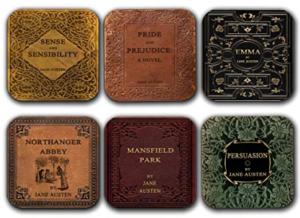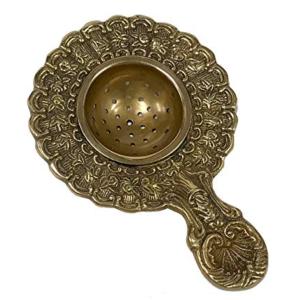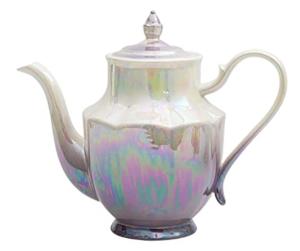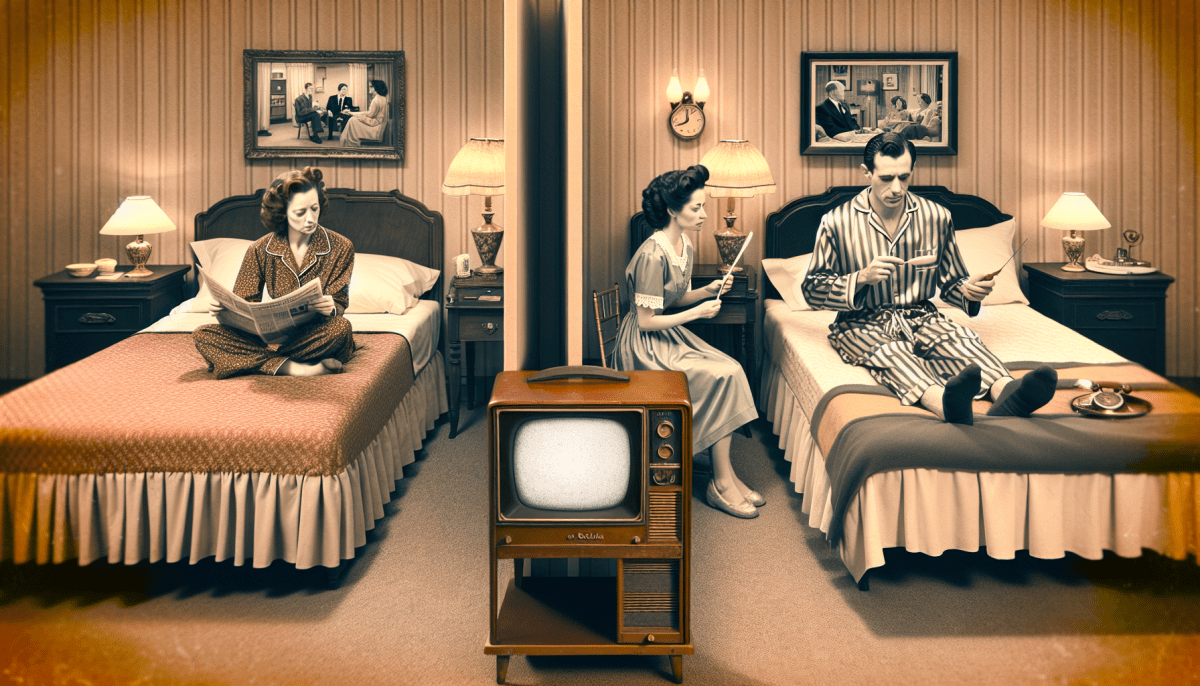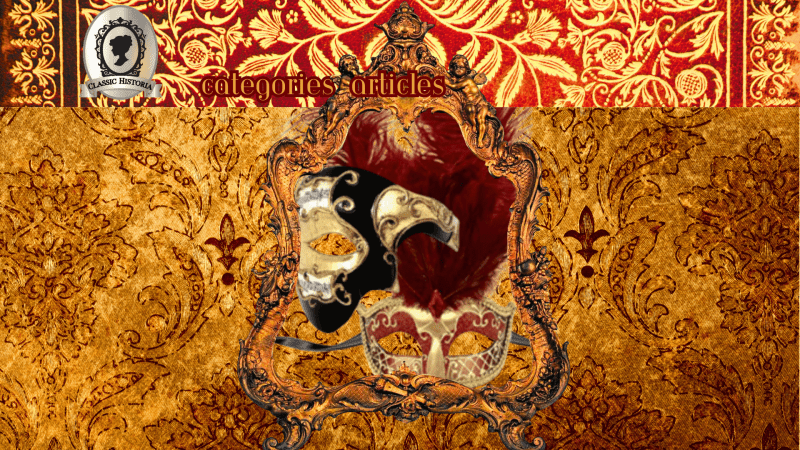
Classic Historia may receive a commission on purchases made through Amazon and eBay affiliate links at no additional cost to you.
If you've ever watched a classic 1950s television show or movie, you might have noticed a peculiar detail in countless scenes set in married couples’ bedrooms—separate twin beds. This portrayal of marital sleeping arrangements has often left modern viewers scratching their heads, wondering if it reflected reality. The truth is, those twin beds on-screen weren’t necessarily a mirror of how couples slept at home, but rather a reflection of the cultural norms, moral codes, and production constraints of the time.
Censorship and the Hays Code
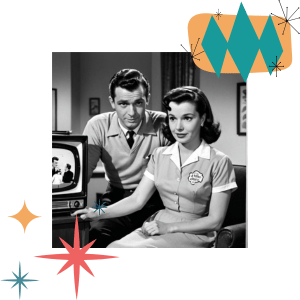
One of the strongest influences on these staged sleeping arrangements was the Motion Picture Production Code, or Hays Code, which set strict standards for what could and could not be shown in film and television. The Hays Code, in effect from 1934 to the late 1960s, sought to uphold the moral decency of entertainment, especially in the face of younger, impressionable audiences.
One key rule forbade the depiction of anything that might be considered too sexually suggestive. Showing a married couple sharing a bed—even fully clothed—was seen as pushing boundaries. The idea that such a scene might hint at sexual intimacy was deemed inappropriate, and so, directors and networks opted for separate beds to avoid any controversy altogether. What might seem overly cautious to us now was simply the order of the day.
Television, especially in its infancy during the late 1940s and early 1950s, adopted similar moral guidelines. Since TV entered homes and was often watched by entire families, its content adhered to strict decency standards designed to avoid offending viewers or causing backlash from government regulators and advocacy groups.
Societal Values and Gender Roles
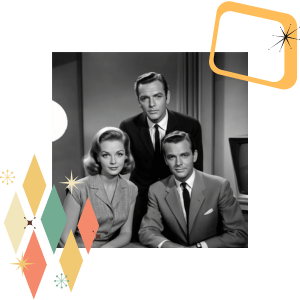
The 1950s were steeped in conservative values. American families were encouraged to present themselves as morally upright, respectable, and wholesome. The family was the nucleus of society, and anything perceived as risqué or disruptive to these ideals was quickly suppressed. Portraying separate beds was seen as a subtle reinforcement of this ultra-clean, orderly image of marriage.
Beyond censorship, the move also reflected the era's broader discomfort with overt discussions of sexuality. Even though television and movies depicted romantic relationships, they usually framed them within heavily sanitized terms. Passionate displays were rare, and intimacy was implied rather than shown. Separate beds visually “cleaned up” what could have otherwise been interpreted as too close for comfort in a squeaky-clean family sitcom.
Additionally, TV at this time reinforced traditional gender roles, where being a “good husband” and “good wife” was part of a larger cultural script. By sleeping separately, these fictional couples symbolized their restraint and commitment to propriety—a theme that was particularly appealing to postwar America, where stability and conformity were bustling trends.
Historical Throwback to Victorian Morality
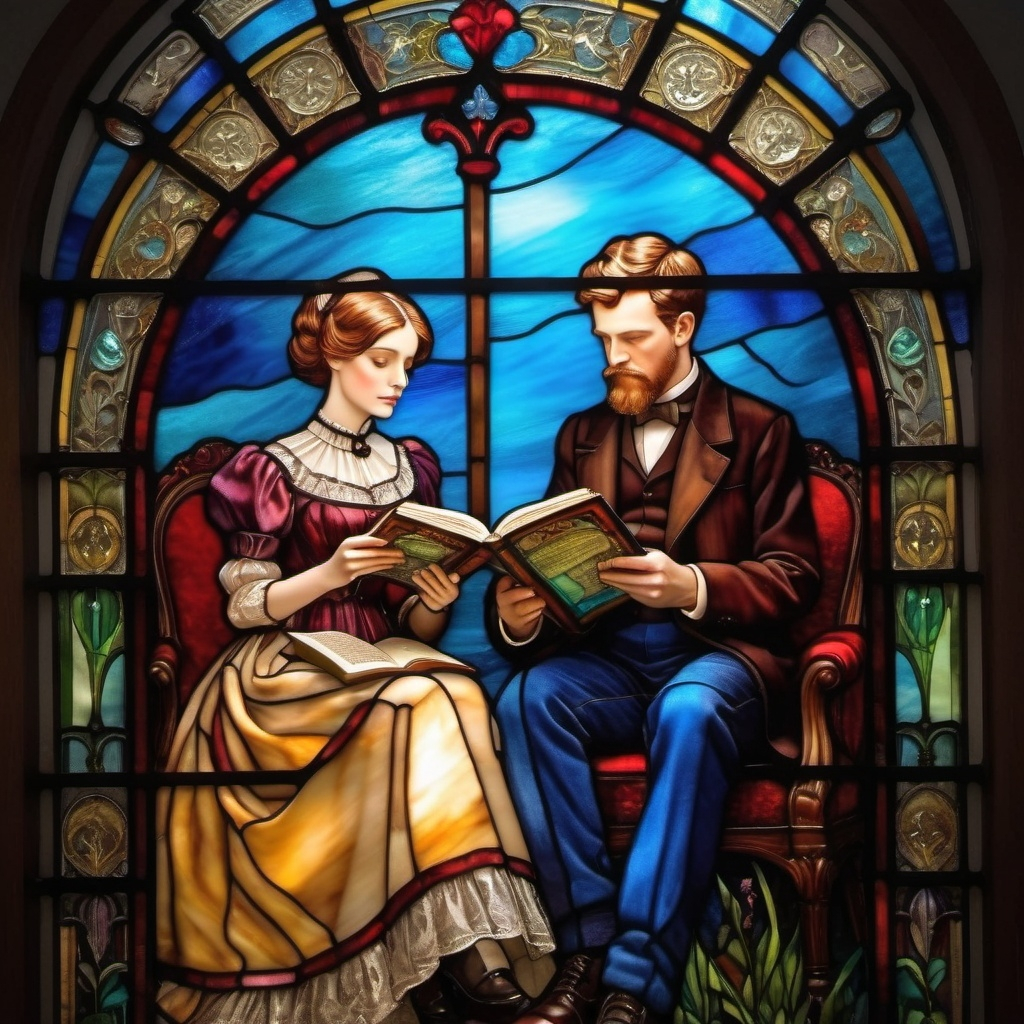
It’s worth noting that the display of separate sleeping arrangements does have real historical roots. During the Victorian era, it was not uncommon for upper-class couples to maintain separate bedrooms or beds. Victorian ideals emphasized modesty, privacy, and self-discipline, particularly in matters of the bedroom. These practices bled into early 20th-century culture, especially among wealthier households, and likely influenced how marriage was depicted on-screen decades later.
By the mid-20th century, however, this notion of separate beds had largely fallen out of fashion in real life. Most married couples in the 1950s slept in the same bed, though there were exceptions for practical reasons such as snoring or personal preference. The separate beds seen in media thus became an artifact of moralistic storytelling rather than an authentic portrayal of everyday life.
The Legacy of Separate Beds on Modern Perceptions
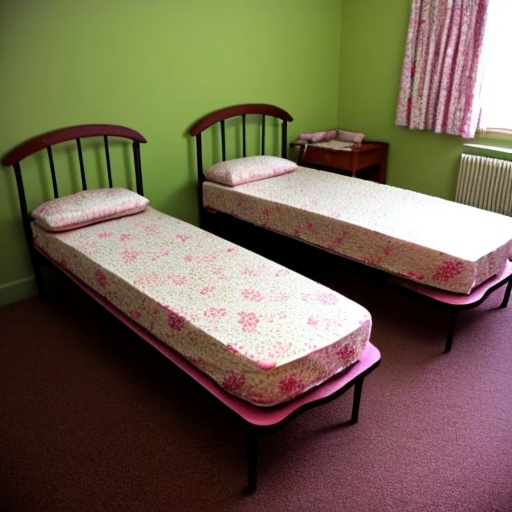
Looking back, these twin beds are an iconic symbol of 1950s media conservativism. For modern viewers, though, they often appear unintentionally humorous or puzzling, emblematic of an era obsessed with moral appearances. Separate beds can now feel like the ultimate act of censorship over something as mundane as marital sleeping arrangements.
This sanitized version of marriage likely influenced how younger audiences of the time understood relationships. It also helped solidify the image of the 1950s as a period of rigid traditionalism and idealized family life. Yet, as we peel back the curtain, we see that these portrayals were never a true reflection of everyday life. Real couples shared beds, struggled with intimacy, and lived lives far messier than what was broadcast on black-and-white screens.
Today, separate beds on TV serve as a fascinating lens through which we can explore America’s cultural and moral history. They remind us of the power of media to shape societal norms and, just as importantly, to obscure the complexities of reality.
Over time, censorship codes were relaxed, and depictions of intimate relationships on television grew more graphic. Shows in the 1960s and 1970s gradually phased out the twin bed imagery, normalizing shared sleeping arrangements for married couples on screen. The evolution reflects broader cultural shifts in human relationships—something we continue to push forward today.
Like this article? Discover more at Classic Historia for a deeper exploration into the past that has shaped our world.
Stay connected with Classic Historia and discover more timeless treasures by following us on our social media platforms:
Business Phone Number:
(833) 222-7544
Business Address:
Classic Historia
1220 Oak Street, Suite J PMB1007
Bakersfield, CA 93304-1072
United States
